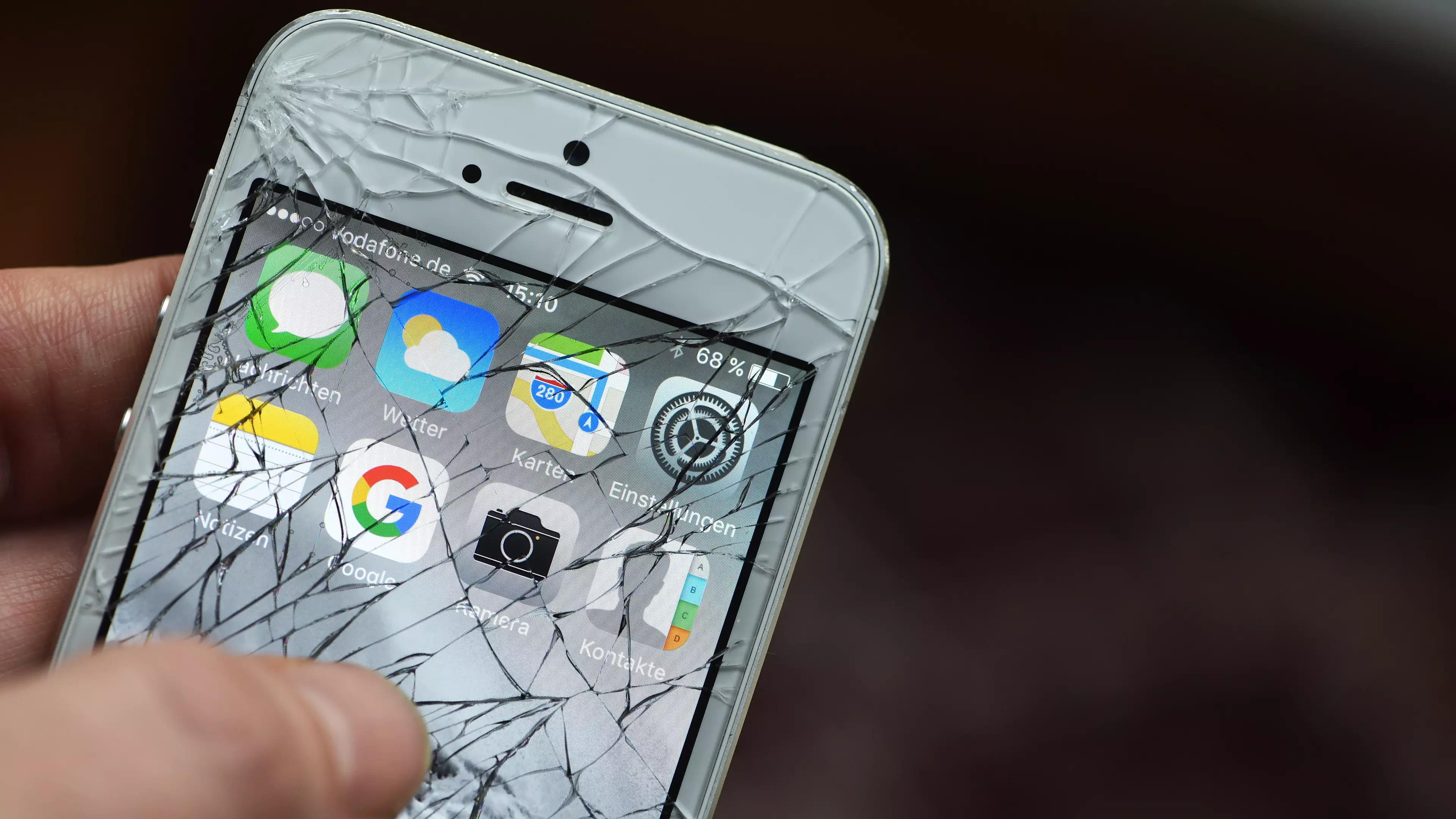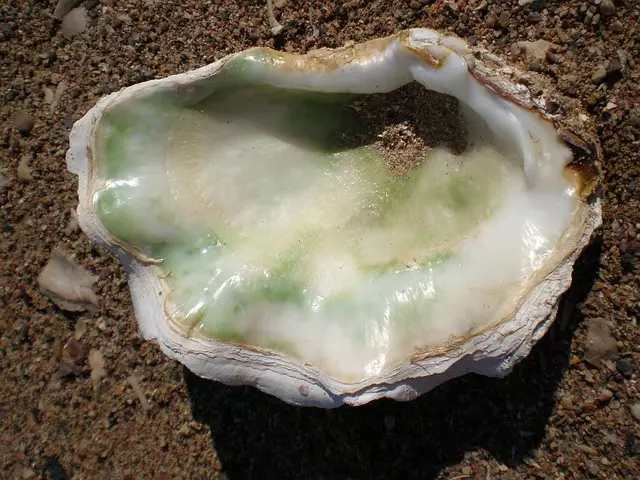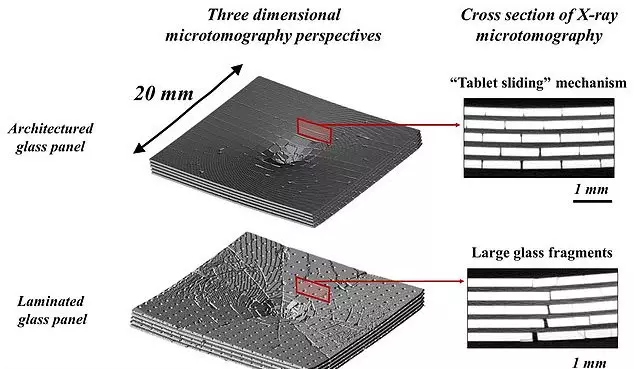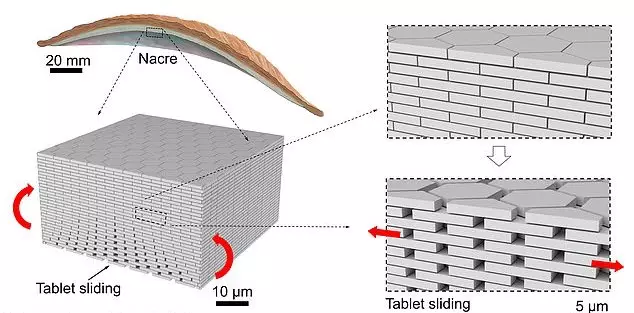
There are few first world problems that are quite so aggravating than dropping your new smartphone, only for the entire screen to shatter the moment it hits the floor.
Luckily, a group of supersmart scientists may have come up with a solution after developing a new type of shatterproof glass based on the resilience of seashells.

If you crack open an oyster, you'll see the inside is made up of mother-of-pearl - a smooth substance that lines the inner shell of some molluscs - and it was this material that kickstarted the invention of this new type of glass.
Advert
Under the microscope, mother-of-pearl looks like it's made of tiny building blocks, and when it faces pressure or force (i.e. it gets dropped on the floor) the tiny blocks slide apart without causing the material to break.
In this way, the material shows that just because something is weak, doesn't mean it isn't durable.

McGill University engineer Francois Barthelat, who led the new research, told The Daily Mail: "Animals take relatively weak ingredients - a brittle mineral, soft proteins - and turn them into a hard yet extremely tough armour."
Advert
To copy the mother-of-pearl's incredible design, the scientist team used a pulsed ultraviolet laser beam to generate square or hexagonal patterns - or 'bricks' - onto borosilicate glass sheets. These sheets were then laminated and arranged with a type of plastic used as the 'mortar'.
"Any glass scientist will tell you that shooting a powerful laser into a piece of glass is a bad idea because it will create defects and decrease strength," added Barthelat.
"However, our glass is a nice example where material removal and seemingly weakening processes actually makes the material much better.
"Our bio-inspired glass is 2-3 times more impact resistant than laminated glass and tempered glass - the 'standards' for impact-resistant transparent materials."

What's more, apparently the method used to create the glass is relatively easy and could be made on a large scale at a reasonable cost.
Advert
Once the last few issues are ironed out, there's no reason why this new glass can't be rolled out to be used in various industries - and could be the answer to creating shatterproof phone screens. Shell yeah! (Sorry, I had to.)
Featured Image Credit: PATopics: Science, Phones and Gadgets, UK News, Technology